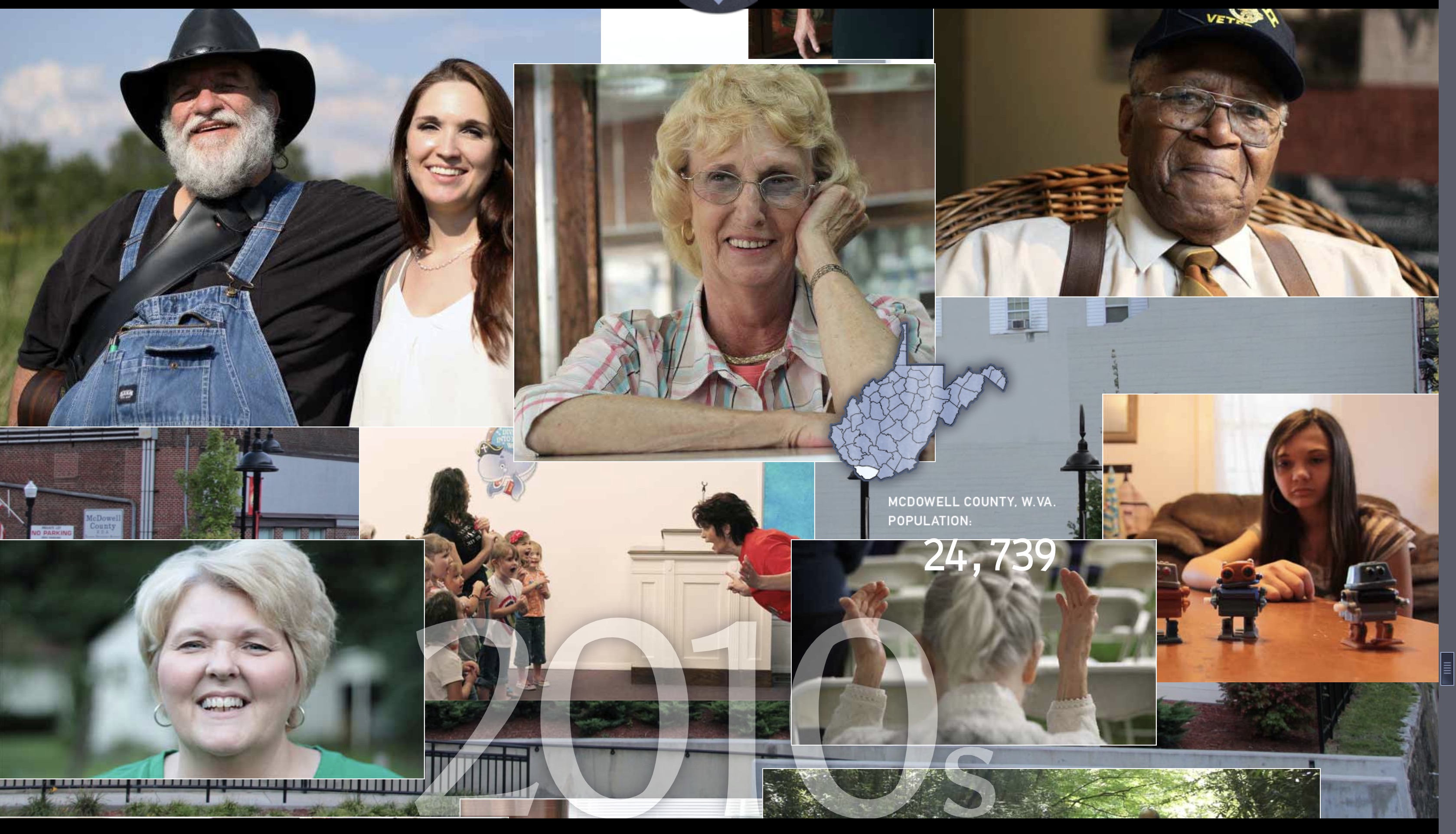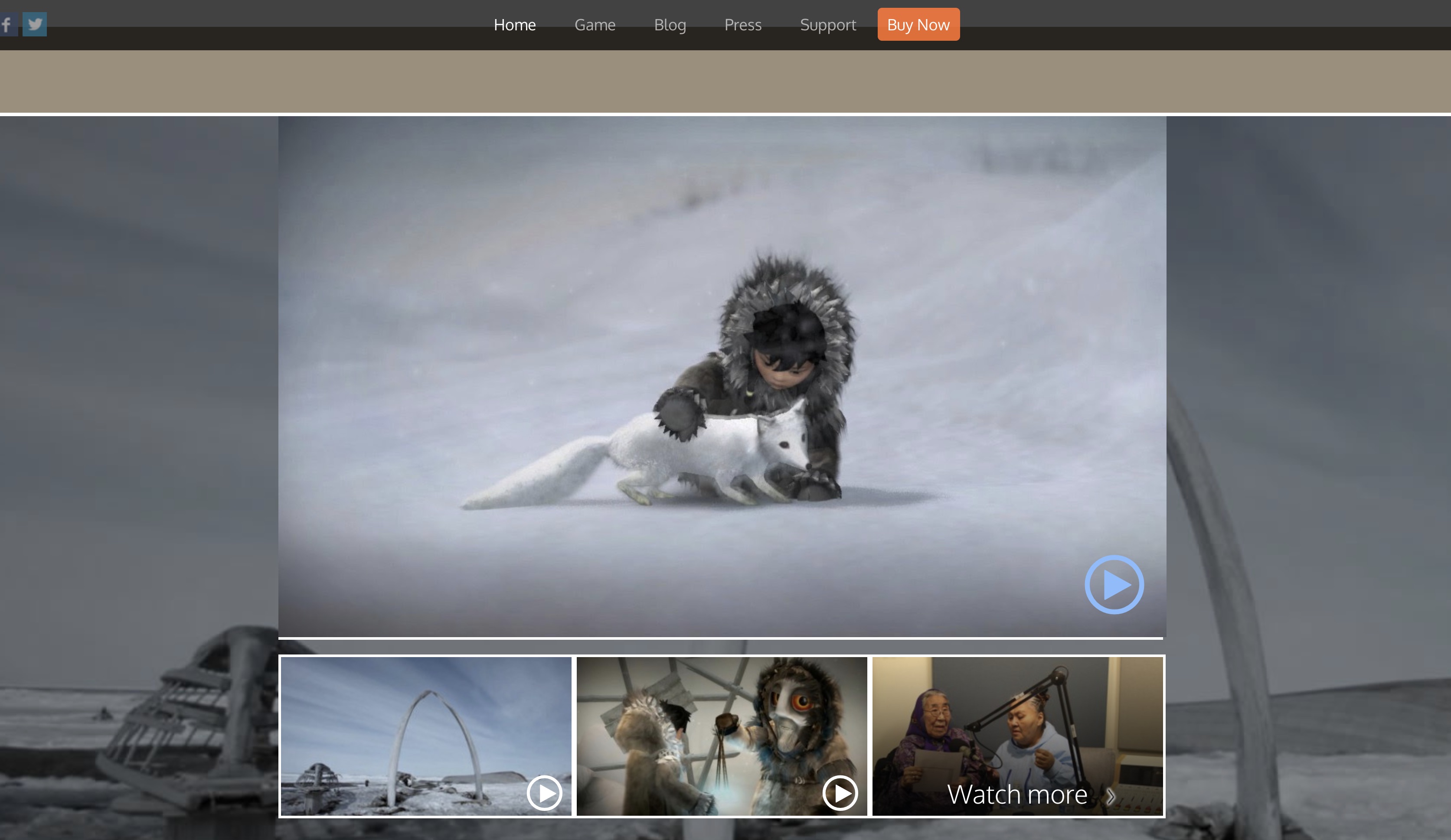As teachers, scholars, writers, and community members, document design plays an important role in our daily work. How do we create documents that actively do good in the world, especially in ways that benefit marginalized voices and perspectives? What methods or perspectives inform the ways we create these documents? I suggest these questions need to be part of the practice and methodologies of design advocacy from the start, long before the documents we design ever become public.
I’ve found conversations in folklore studies helpful for thinking through the joys, challenges, and responsibilities involved in crafting documents that represent other peoples’ voices, stories, and interests, especially across multiple modes of communication. Folklorists research and record everyday expressive practices across modalities that might otherwise go unnoticed. Furthermore, debates in folklore address challenges in negotiating between observation and activism when designing documents on others’ behalf. Finally, folkloric research generates data to inform encounters that can enact positive material changes for marginalized people. As designers and scholars explore possibilities for representing culturally situated information in multimodal, interactive environments, individuals situated in fields such as folklore, technical communication, and digital rhetoric may benefit from mutually informing conversations on pursuing the work of design advocacy.
Celebrating Everyday Expressive Practices
“Folklore,” to borrow from Lynne McNeill, “is informal, traditional culture. It’s all the cultural stuff–customs, stories, jokes, art–that we learn from each other, by word of mouth or observation, rather than through formal institutions like school or the media” (16). As “informal, traditional culture,” these everyday expressive practices often go unnoticed or undervalued in favor of more powerful dominant discourses. Folklorists’ processes of researching and representing culturally contextualized practices may inform the work of design advocacy, which I understand here as crafting multimodal documents through collaborations that connect technical expertise with situated insider perspectives to further marginalized interests.

For example, in his fieldwork with English village caroling groups, Ian Russell notes that one of his priorities “has been to give a sense of empowerment to the carolers, to enable them to feel that their tradition is valued and that they have control over its future” (21-22). In pursuing this goal, he not only wrote and published on the carolers’ songs, but also helped organize caroling festivals that promoted practices across villages and received positive feedback from carolers and festival-goers alike (21-22). Additionally, he runs a website (Figure 1) providing information on village caroling practices, repertoires, recordings, and upcoming events. As Steven Zeitlin characterizes the discipline, “The field of folklore documents, interprets, presents, and advocates for forms of cultural expression that are underacknowledged or undervalued by the academy and the mainstream media […] Ours is the activist pursuit of beauty in the ordinary” (2-3). Like folklorists, design advocates design documents that attend to and value otherwise undervalued expressive practices, and create spaces that foreground marginalized voices and perspectives.
Balancing Observation and Action
As scholars studying informal, traditional culture, folklorists must continually negotiate between their institutional responsibilities (and privileges) associated with academic research, and their responsibilities to the communities in which they work. Elliott Oring, for example, situates folklore studies first and foremost as an academic discipline committed to creating knowledge through research, with advocacy as a separate, secondary pursuit (259-260). Taking up a different tone, this year’s call for papers at the American Folklore Society (AFS) annual convention takes a strong stand in solidarity under the theme “Community Driven” (Figure 2): “We know our institutional access, our disciplinary perspectives and our craft—in areas such as documentation, archiving, education, presentation, and advocacy—can have enormous value to community-driven efforts. We see this conference as an opportunity to stand shoulder to shoulder with our community peers in sharing ideas, knowledge and resources, building connections and empowerment, and breaking down walls” (Baltimore 2019 CFP).

I view the 2019 CFP articulation of solidarity as more fully in line with design advocates’ active commitment to creating documents that benefit community peers than a stance driven first and foremost by scholarly research pursuits. However, I suggest critical observation in balance with action might still inform design advocacy practices, as the following example illustrates.
In her recent AFS presentation (publication forthcoming summer 2019), Elaine Lawless described how the primarily black town of Pinhook, Missouri, was destroyed by flooding caused by the Army Corps of Engineers. Lawless and her research partner Todd Lawrence spent seven years working with the displaced residents to share their stories, publishing a book, a website (Figure 3), and a documentary film.

Although their publications helped draw relief organizations’ attention to the residents’ situation, the help was unevenly distributed due to limited resources and caused further tensions in the community. Furthermore, although Lawless and Lawrence urged the residents to seek legal action for the damages they suffered, the residents refused due to an approach to justice grounded in religious beliefs. Lawless’s presentation provides a complicated reflection for design advocates on respecting community partners’ interests in processes of pursuing (or refraining from) document design, and in recognizing that documents might not always have the anticipated results once released into the world.
Designing Documents to Enact Change
Despite these challenges, folklorists and others interested in informal, traditional culture continue to design documents in collaboration with community members that foreground marginalized voices and perspectives. Some are traditional research articles, such as Jones’s work on foodways and inmates’ wellbeing in US prisons and jails, or Bard’s folklore-informed organization that uses narrative strategies to help homeless individuals. Others are born-digital, multimodal documents, such as Kim Christen and Chris Cooney’s webtext on Warumungu cultural protocols (Figure 4); Natalie Underberg-Goode and Elayne Zorn’s website on Peruvian festivals and folklore (Figure 5); Elaine McMillion Sheldon’s interactive documentary on rural population decline created with residents of McDowell County West Virginia (Figure 6); and Never Alone, a video game developed in collaboration with Alaska Native storytellers and elders (Figure 7).




Such work is inherently interdisciplinary; I see potential connections with Ellen Cushman, Guiseppe Getto, and Shreelina Ghosh’s work, for example, in Computers and Composition, or in the work of cultural rhetorics scholars such as in Constellations. I suggest that digital rhetoricians, folklorists, and technical communicators could benefit from further dialogue on design advocacy informed by each field’s unique disciplinary expertise.
As Dorothy Noyes observes, “The most important arenas for recognition, participation, and dignity remain those at the human scale in which bodies encounter one another and actions excite and demand answering action: where responsibility cannot be deferred, deflected, or denied” (310-311). Design advocates bear the joys, challenges, and responsibilities of designing documents in ways that ethically enact these moments of person-to-person encounter, and that open up new possibilities for encounters that benefit the communities we serve.
Works Cited
American Folklore Society. (2019). 2019 annual meeting theme: Community driven. American Folklore Society, Retrieved from https://www.afsnet.org/page/AM19theme
Christen, Kim & Cooney, Chris. (2006). Digital dynamics across cultures. Designed by Alessandro Ceglia. Vectors Journal, 2(1). Retrieved from http://vectors.usc.edu/projects/index.php?project=67
Constellations: A Cultural Rhetorics Publishing Space. (n.d.). Retrieved from http://constell8cr.com/
Getto, Guiseppe; Cushman, Ellen; & Ghosh, Shreelina. (2011). Community mediation: Writing in communities and enabling connections through new media. Computers and Composition, 28(2), 160-174.
Lawless, Elaine J. (2018). “God came through for us”–or not: Articulating differences in discourses of faith and conviction. Paper presented at the 2018 American Folklore Society Annual Convention. Buffalo, NY. (Unpublished presentation courtesy of the author; published paper forthcoming in New Territories Journal, Summer 2019.)
Lawrence, David Todd & Lawless, Elaine J. (2018). When they blew the levee: Race, politics, and community in Pinhook, Missouri. Jackson, MS: University Press of Mississippi.
Lawrence, David Todd & Lawless, Elaine J.(n.d.). Rebuild Pinhook. Retrieved from https://rebuildpinhook.org/
McNeill, Lynne S. (2013). Folklore rules: A fun, quick, and useful introduction to the field of academic folklore studies. Boulder, CO: University Press of Colorado.
Never Alone. (n.d.). E-Line Media. Retrieved from http://neveralonegame.com/
Noyes, Dorothy. (2015). From cultural forms to policy objects: Comparison in scholarship and policy. Journal of Folklore Research, 52(2-3), 299-313.
Oring, Elliott. (2004). Folklore and advocacy: Response. Journal of Folklore Research, 41(2-3), 259-267.
Russell, Ian. (2006). Working with tradition: Towards a partnership model of fieldwork. Folklore, 117, 15-32.
Russell, Ian. (n.d.) Village carols. Retrieved from http://www.villagecarols.org.uk/index.html
Sheldon, Elaine McMillion. (2013). Hollow documentary. Retrieved from http://www.hollowdocumentary.com/
Underberg-Goode, Natalie & Zorn, Elayne (n.d.). Peru digital. Retrieved from http://digitalethnography.dm.ucf.edu/pv/PlazaFrancia.htm#
Zeitlin, Steven J. (2000). I’m a folklorist and you’re not: Expansive vs. delimited strategies in the practice of folklore. Journal of American Folklore, 113(447),pp. 3-19.
